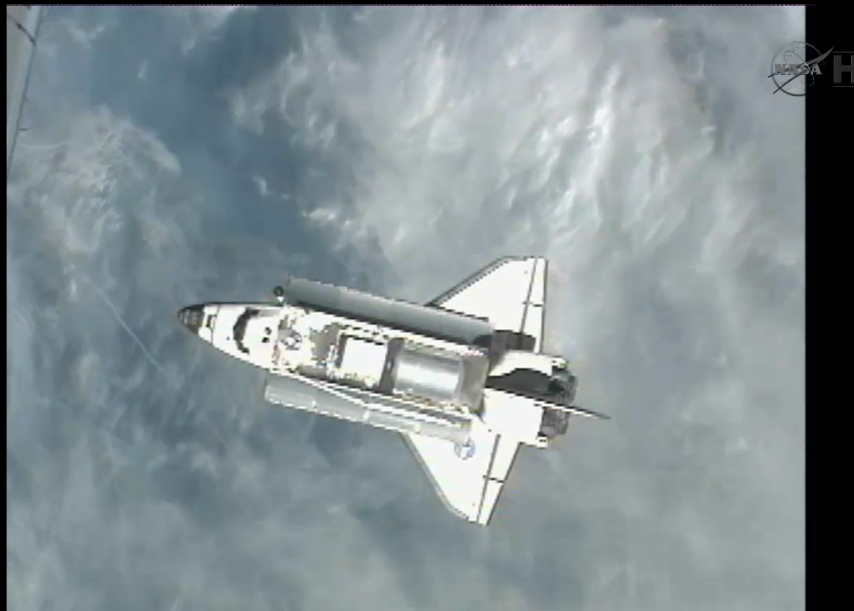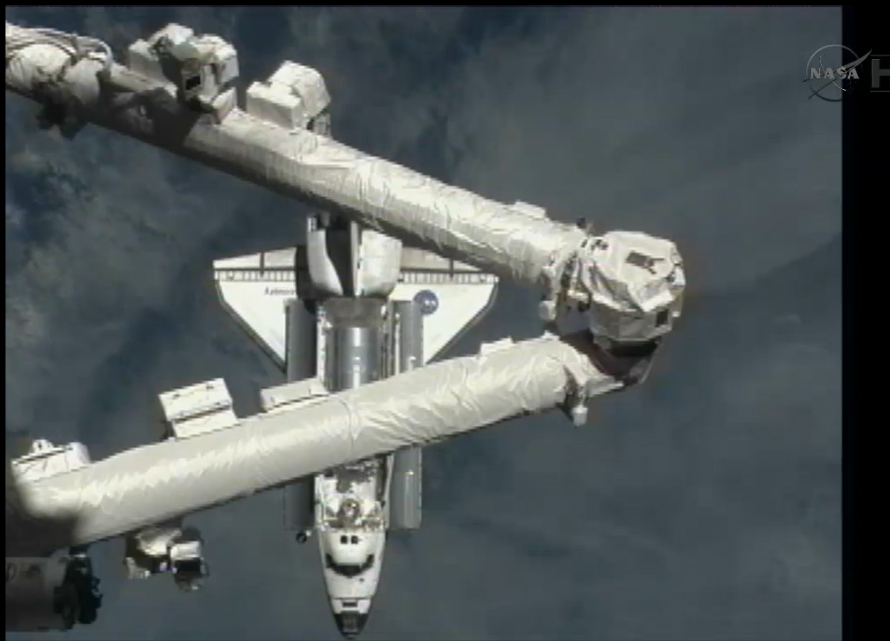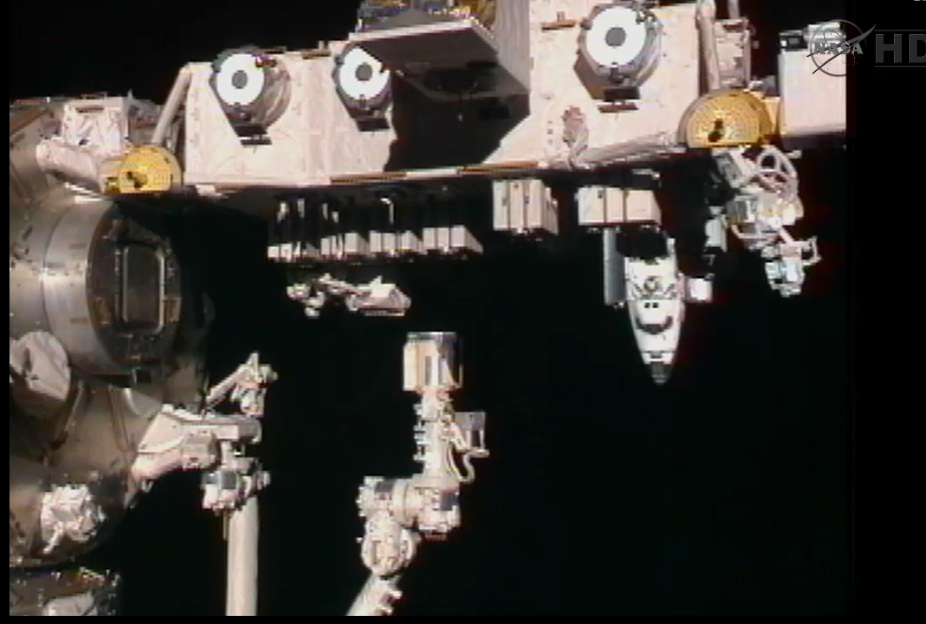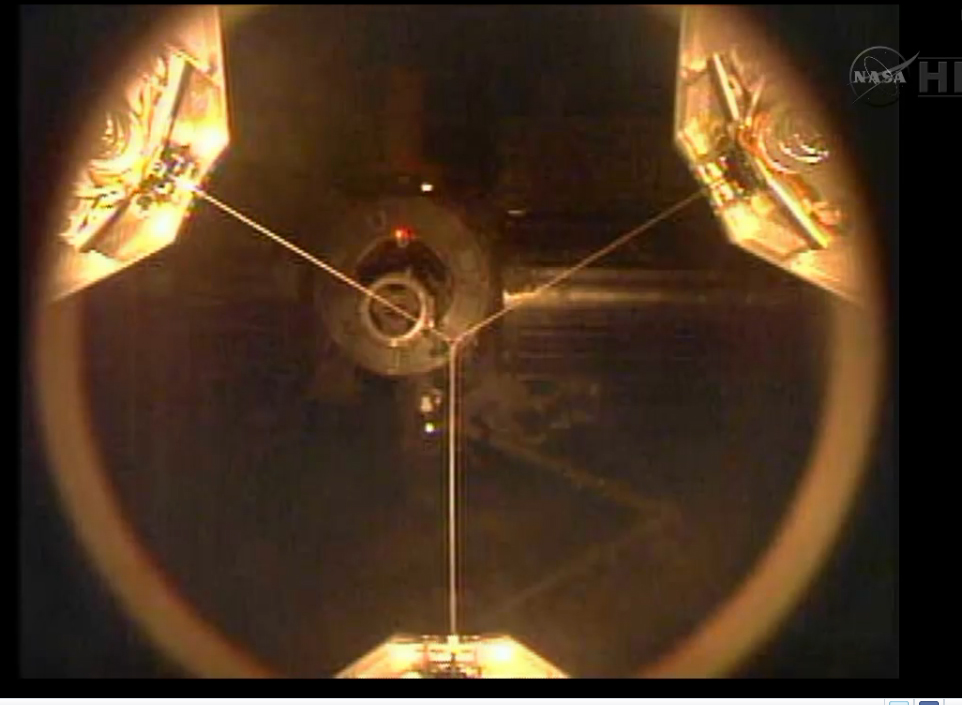It Might Just Be Buried

I am a long-time Mars junkie. When I was growing up, I used to play at exploring Mars, and I probably expected to be living on the Red Planet some day. Childhood dreams are like that — and the reality they lead to is a far different place.
For example, my “play” Mars looked a lot like Earth. Oh, the sky was red (I figured it had to have a red atmosphere). It had red trees and red monsters and red food. But, it never occurred to me that I wouldn’t be able to stand on its surface and breathe the air. That’s a lesson I had to wait to learn when I grew up and studied the results of ongoing Mars missions. That was when I found out that Mars doesn’t have air like we do here on Earth. it’s got a carbon dioxide (CO2) atmosphere. A thin one, at that. But, scientists suspect that the Red Planet used to have MORE atmosphere.
One of the recurring questions about Mars is the location of all its carbon dioxide. The Red Planet has a cold, thin, carbon-dioxide-rich atmosphere. Liquid water quicky boils away in that environment.
CO2 can get squirreled away in rocks, so-called carbonate minerals or carbonate layers. If they’re underground (under the surface), then that material isn’t easily found — unless you can dig it up and study it.
Essentially, that’s what planetary scientists using the Mars Reconnaissance Orbiter (MRO) have done. Oh, they haven’t used the orbiter to dig underground. They used it as it orbited above the surface to study rocks that have been dug up for us — by cratering events. Such an event was reported on at a meeting of planetary scientists this week.
The target studied was in Huygens crater, a basin 467 kilometers (290 miles) in diameter in the southern highlands of Mar. There are actually two cratering events in the area. When Huygens was dug out by an incoming impactor, that action hoisted material from far underground. Then, the rim of Huygens, containing the earlier lifted material, was drilled into by a smaller, unnamed cratering event.
So, how does an impact dredge up rocks that show us what Mars was like in the past? When a meteor blasts into the surface of Mars (or any surface), it sends material flying away from the impact zone. That uncovers buried rocks. The MRO has an instrument that can study the chemical makeup of those rocks that have been uncovered.
At several places on Mars where cratering has exposed material from depths of about five kilometers (three miles) or more beneath the surface, MRO’s instrument has found evidence of carbonate minerals. This isn’t the first time carbonates have been found, but the finding does seem to confirm the speculated-on whereabouts of the missing Mars carbon. And, if there are deeply buried carbonate layers are widespread on Mars, that would go a long ways toward explaining what happened to the early Martian atmosphere, whihc was likely a much thicker carbon dioxide layer than we see on the Red Planet today. In essence, the carbon that goes into formation of carbonate minerals can come from atmospheric carbon dioxide.
A dramatic change in atmospheric density remains one of the most intriguing possibilities about early Mars. Increasing evidence for liquid water on the surface of ancient Mars for extended periods continues to suggest that the atmosphere used to be much thicker.
The Technical Low-Down
The observations for this study were made using the high-resolution mode of the Compact Reconnaissance Imaging Spectrometer for Mars (CRISM) instrument on the Mars Reconnaissance Orbiter show spectral characteristics of calcium or iron carbonate at this site. Detections of clay minerals in lower-resolution mapping mode by CRISM had prompted closer examination with the spectrometer, and the carbonates are found near the clay minerals. Both types of minerals typically form in wet environments, which raises a number of questions about Mars’s early atmosphere and interactions of that atmosphere with the surface.




